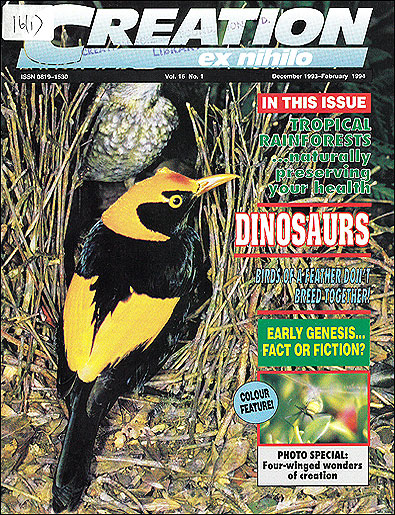Wonders of Creation: Those clever little hermit crabs
There are many varieties of crab, and most have protective shells. One type, however, has no shell of its own, but uses the discarded shells of other sea creatures. It is known as the hermit crab. This strange crustacean chooses its second-hand home carefully, picking a shell which is a good fit, and ‘moving house’ from time to time when the shell becomes too cramped. Amazingly, the hermit crab’s body is asymmetrically twisted so that it fits snugly into the shape of the shell.
Even its legs are specially designed for its unusual way of life. Only the two pairs behind the claws are used for walking; the others grip the shell. Its huge right-hand claw—larger than the left—is used as a ‘door’ when it retreats inside its shell. (Some hermit crabs have been known to inhabit joints of bamboo, coconut shells and even discarded human garbage.)
Hermit crabs have an amazing relationship with sea anemones. These invertebrates are covered with stinging cells which explode at the slightest touch. But hermit crabs regularly carry sea anemones around with them, stuck to their shells. In fact, they will often pick up sea anemones and ‘plant’ them on their backs, and when they move to another shell, will take their resident sea anemone with them!
This co-operation works well for both partners; the sea anemone eats food particles left by the crab, and the crab is protected from its enemies, notably octopuses, by the stinging cells of the sea anemone.
The origin of the hermit crab and its way of life presents some difficulties for evolutionists. There is no evidence that the ancestors of these crabs ‘lost’ their shells. Indeed it would not be an evolutionary advantage to lose a shell, and then have to find a substitute!
It is difficult to imagine that it could have evolved its specially shaped body to fit its borrowed shell, or its enlarged right claw which acts as a door. The development of its relationship with the sea anemone is particularly puzzling from an evolutionary point of view. How did this begin? The hermit crab is surely not the product of chance, but another example of good design by God the Creator.


Readers’ comments
Comments are automatically closed 14 days after publication.